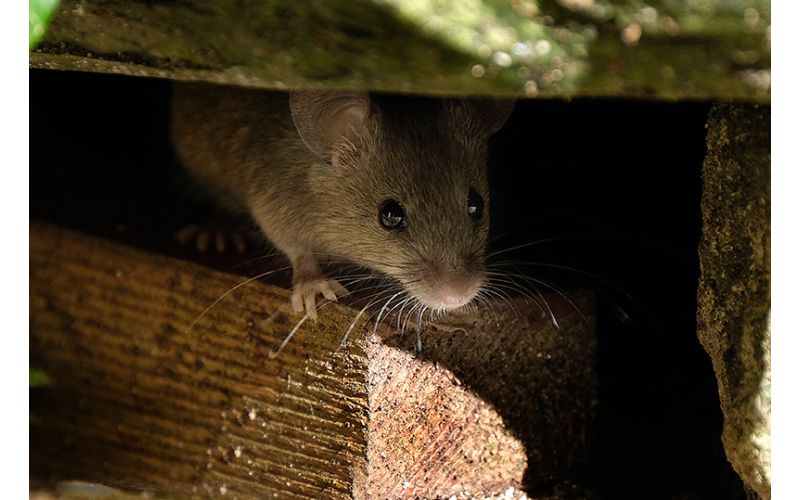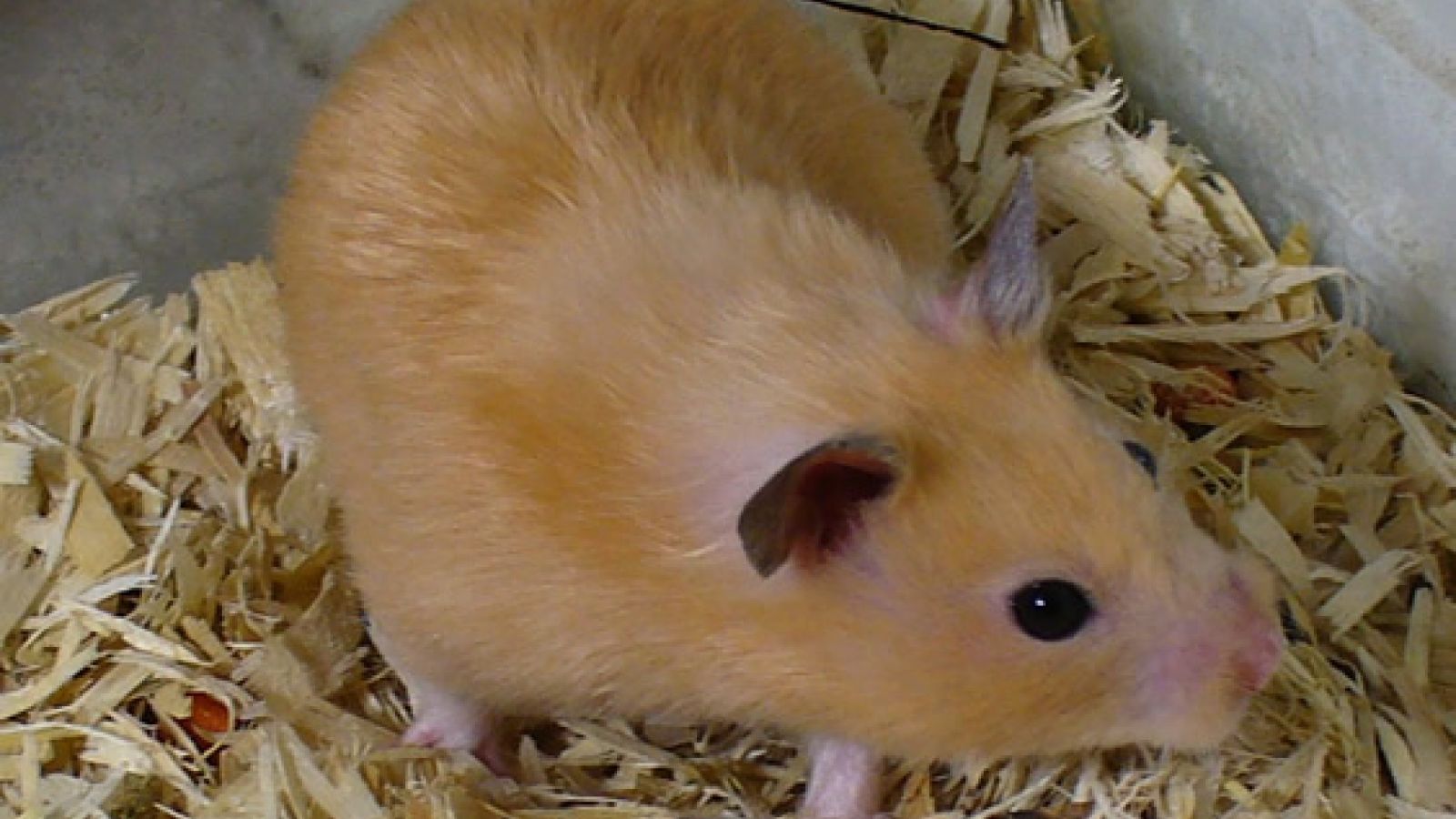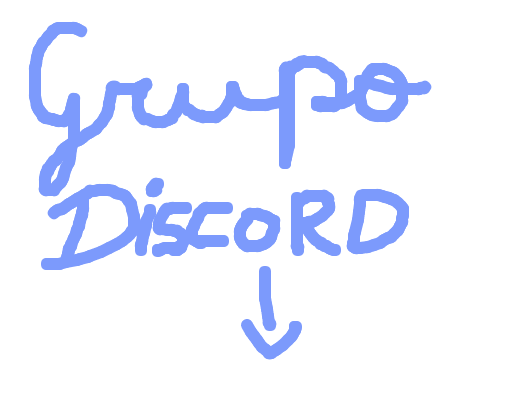Pathogens, Free Full-Text
Por um escritor misterioso
Descrição
There is increasing evidence that arthropod-borne pathogens exploit saliva of their vectors during the transmission process to vertebrate hosts. Extensive research of the composition of tick saliva and its role in blood-feeding and transmission of pathogens started in the late 1980s and led to a number of discoveries on the composition and function of salivary molecules, some of which are associated with pathogen transmission. The study by Jones et al. published in 1989 can be ranked among the pioneer works in this field as it demonstrated for the first time the role of tick salivary glands in enhancement of transmission of a tick-borne virus. Thogoto virus was used in the model and subsequently similar results were obtained for tick-borne encephalitis virus. After a relatively silent period of almost 20 years, interest in tick–arbovirus–host interactions emerged again in the 2010s. However, no particular salivary molecule(s) enhancing virus transmission has (have) been identified to date. Intensive research in this field will certainly lead to new discoveries with future implications in the control of transmission of dangerous tick-borne viruses.

Ecological and socioeconomic factors associated with the human burden of environmentally mediated pathogens: a global analysis - The Lancet Planetary Health
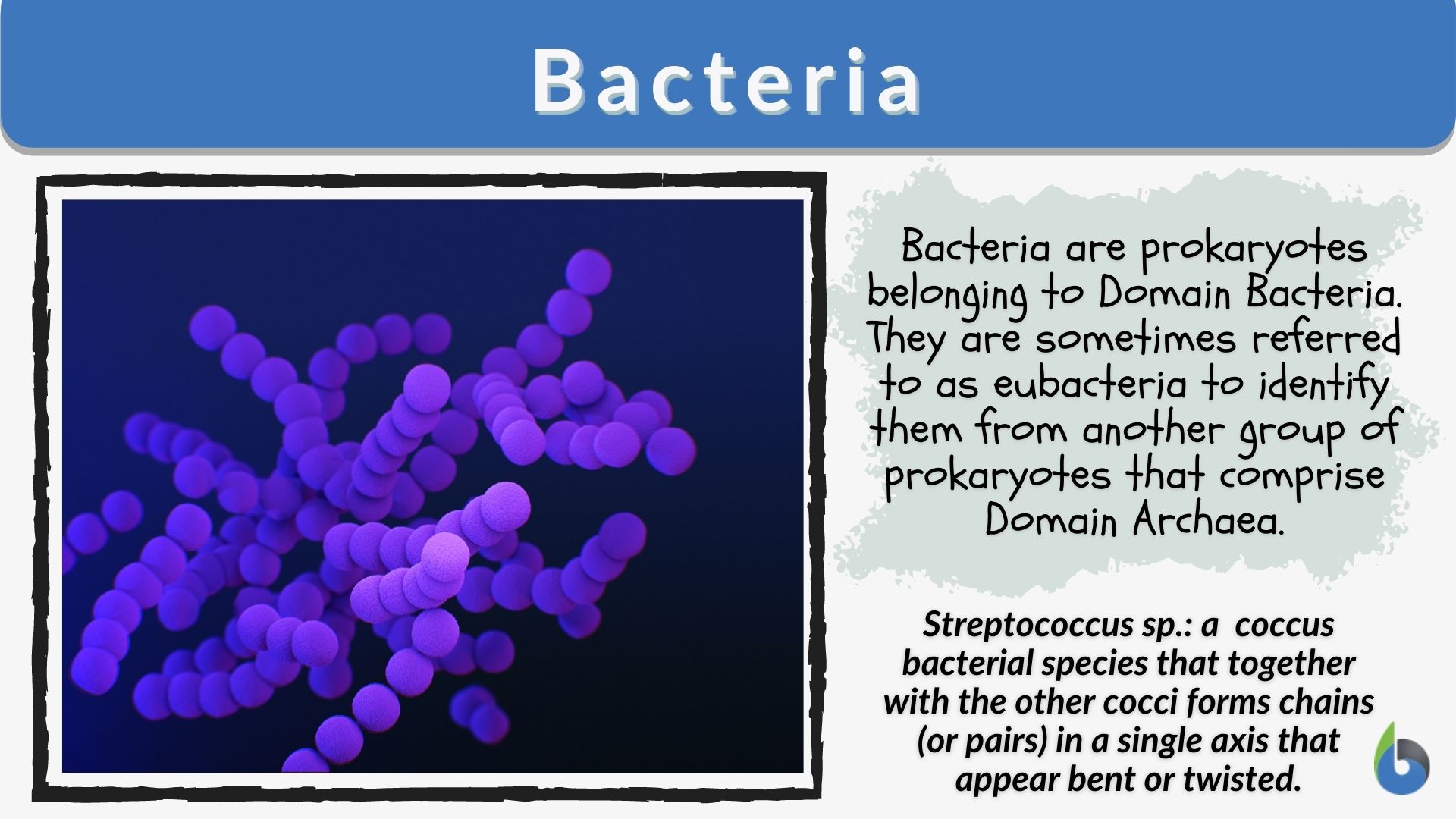
Bacteria - Definition and Examples - Biology Online Dictionary

Microbial Minimalism: Genome Reduction in Bacterial Pathogens - ScienceDirect

Host and Pathogen Factors for Clostridium difficile Infection and Colonization
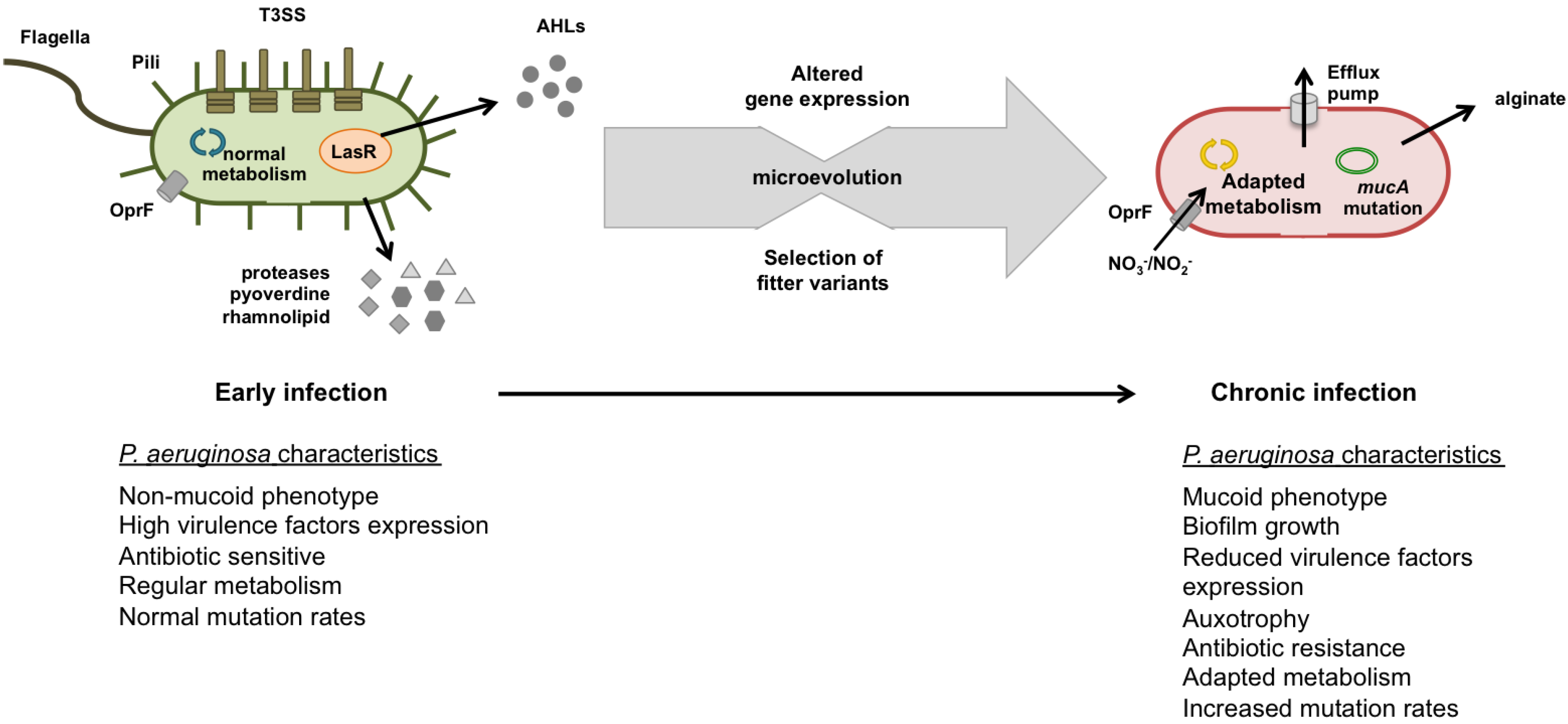
Pathogens, Free Full-Text
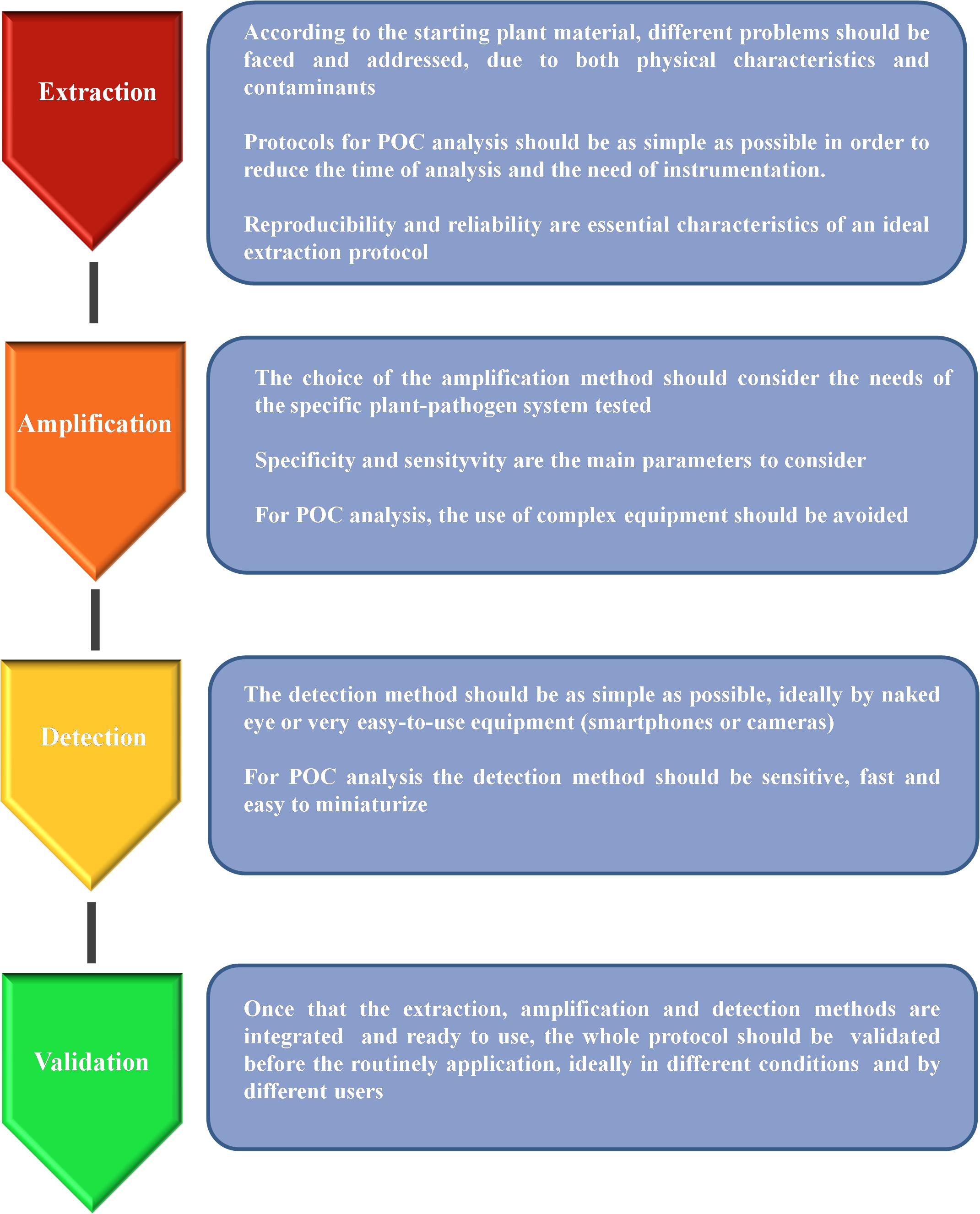
Frontiers Molecular Approaches for Low-Cost Point-of-Care Pathogen Detection in Agriculture and Forestry

What is Required If Your Athletic Facility Needs a Blood-Borne Pathogens Plan?: Journal of Physical Education, Recreation & Dance: Vol 71, No 6

Microbiome-pathogen interactions drive epidemiological dynamics of antibiotic resistance: A modeling study applied to nosocomial pathogen control
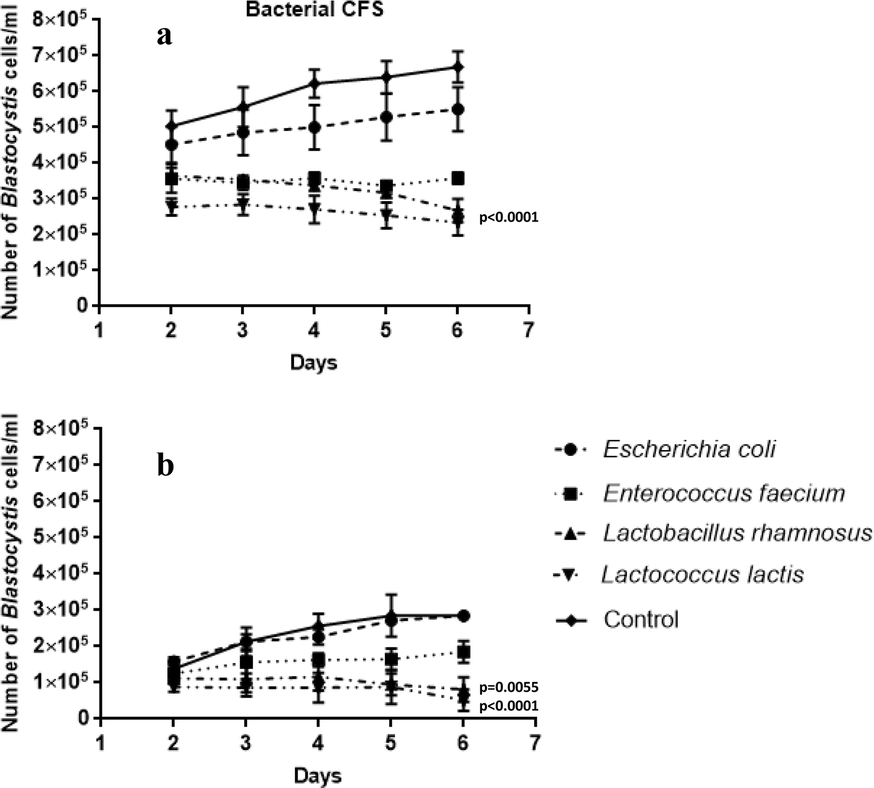
The influence of probiotic bacteria and human gut microorganisms causing opportunistic infections on Blastocystis ST3, Gut Pathogens

Programing of an Intravascular Immune Firewall by the Gut Microbiota Protects against Pathogen Dissemination during Infection - ScienceDirect
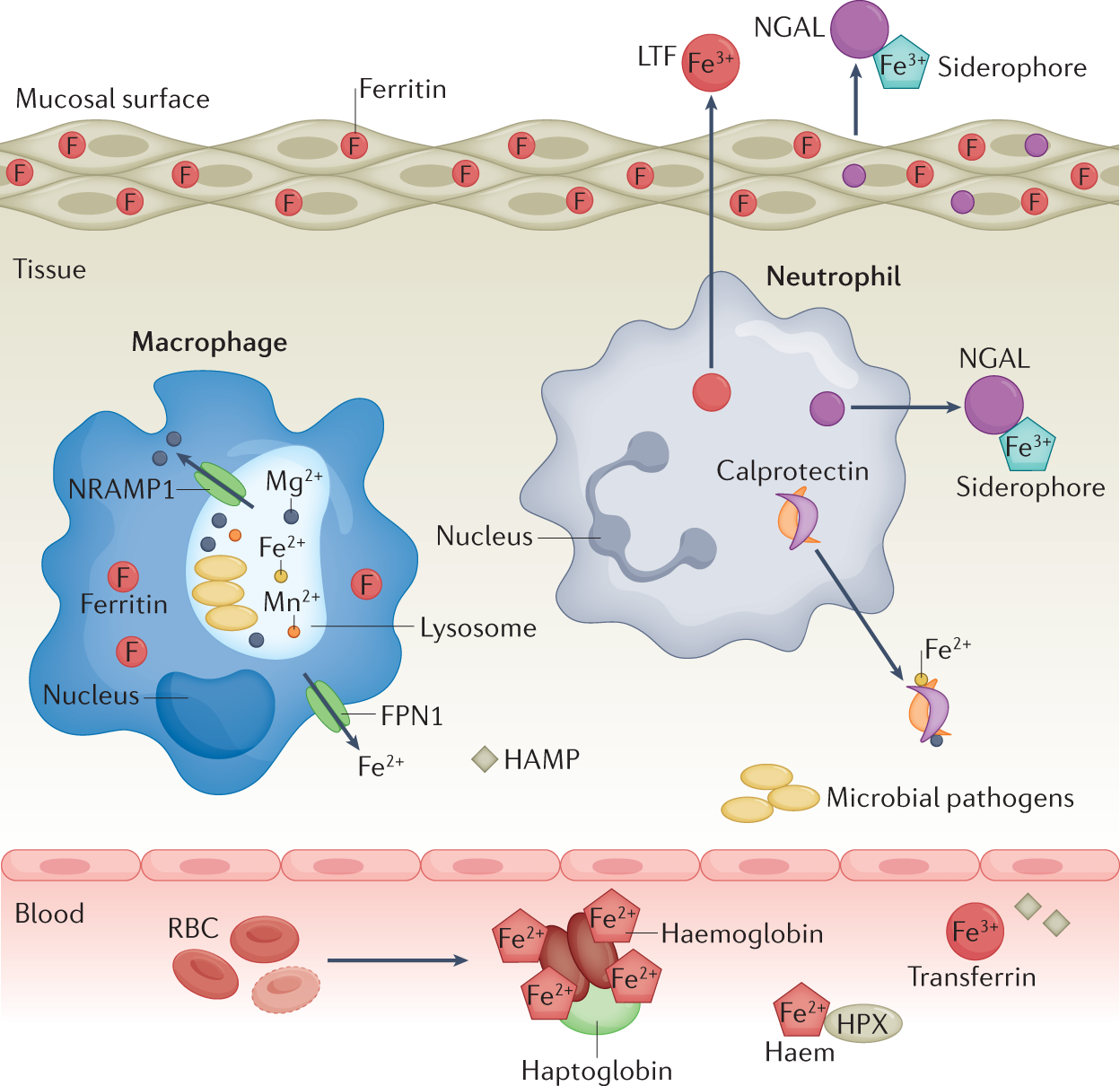
Nutritional immunity: the battle for nutrient metals at the host–pathogen interface
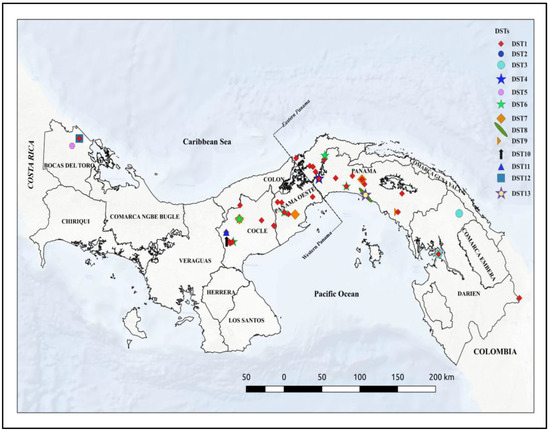
Costa Rica Shapefiles Free - Colaboratory
de
por adulto (o preço varia de acordo com o tamanho do grupo)
